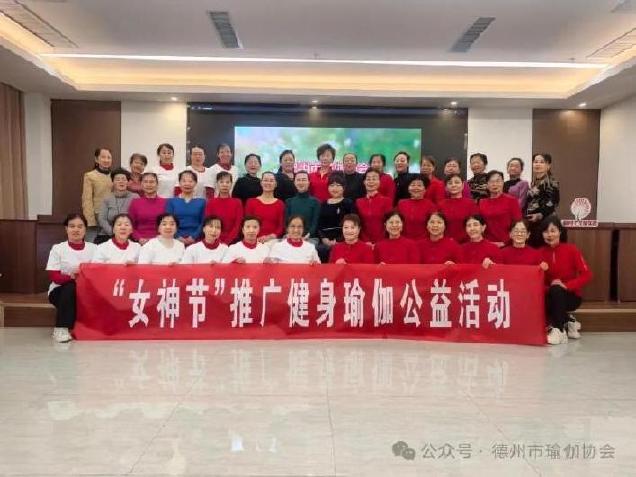Yoga squat is the simple garland style in yoga.

This posture is very simple.

Just squat down.

It is a gentle hip opening pose, which can increase the blood circulation and blood flow in the pelvic area, and stretch the groin and hips at the same time.

Benefits of posture: this posture will open the hips, stretch the hamstrings, back and ankles.

This position can not only stretch the lower body, but also help strengthen the gluteal muscles, calf muscles and core.

Why is squatting much better than sitting? Unlike squatting, sitting has many negative effects, which may affect our health.

Sitting can cause increased pressure on the back and lower spine.

When we sit in a chair at a 90 degree angle, we shorten the hip flexor.

With the shortening of psoas major, our lumbar spine is pushed forward and loses its normal position.

Sitting for a long time can cause back injury or pain.

Practicing yoga squats and other hip opening poses can counteract this effect and increase hip flexibility.

Yoga squats can also help strengthen the core.
A strong core is essential to protect our back.
The hip is also a gathering place for stress and negative emotions.
Like other hip opening poses, yoga squats can release these negative emotions by opening the hips.
Main benefits: open your hips, strengthen your core, stretch your hamstrings, ankle preparation and follow-up posture: the following posture can be used as garland preparation posture.
Such as beam angle, double angle and hero.
You can also practice easy sitting before trying deep squats.
As a hip opening pose, this pose can also be used to prepare the hips for more advanced hip opening poses, such as lizard pose.
Subsequent postures include lotus pose, simple sitting or beam angle pose.
You can also continue to practice more advanced or deeper stretching or hip open poses after this pose.
From wreath to crow is a common transition.
The detailed explanation of asana starts with mountain pose.
Open your feet slightly wider than your hips.
Put your hands on your chest and squat down slowly with your thighs slightly apart.
If your feet can’t touch the ground, please put a support under your heels.
Lean forward slightly and extend your elbows to the inside of your knees.
Use your elbows to support and keep your knees extended.
Remember to extend your back so it doesn’t arch.
Balance some weight on your heels and try to keep your forearms parallel to the ground.
Keep breathing evenly for several times, then put your hands on the mat, return to mountain pose or stand and bend forward.
Modification and precautions: if you have a knee or waist injury, it’s best not to practice this position.
Hamstrings and ankles should also be taken into account, as this pose will create a sense of extension in these areas.
If you feel pain or discomfort in your knee during posture, you can put a blanket behind your knee between your thighs and lower legs to help reduce the pressure on your knee.
If you can’t squat down completely, you can roll up a towel to support it.
If you have difficulty balancing, please lean your lower back against the wall or put your hands on a chair to practice.
As you practice, you will be able to move further into deeper positions.
Tip: please protect your knees when squatting.
Extend the spine without arching it.
Lean forward a little and let your weight move forward a little.
Put your elbows against the inside of your knees and keep pushing outward.
Do not press or bend your knees beyond the limit.
Use AIDS if necessary…


